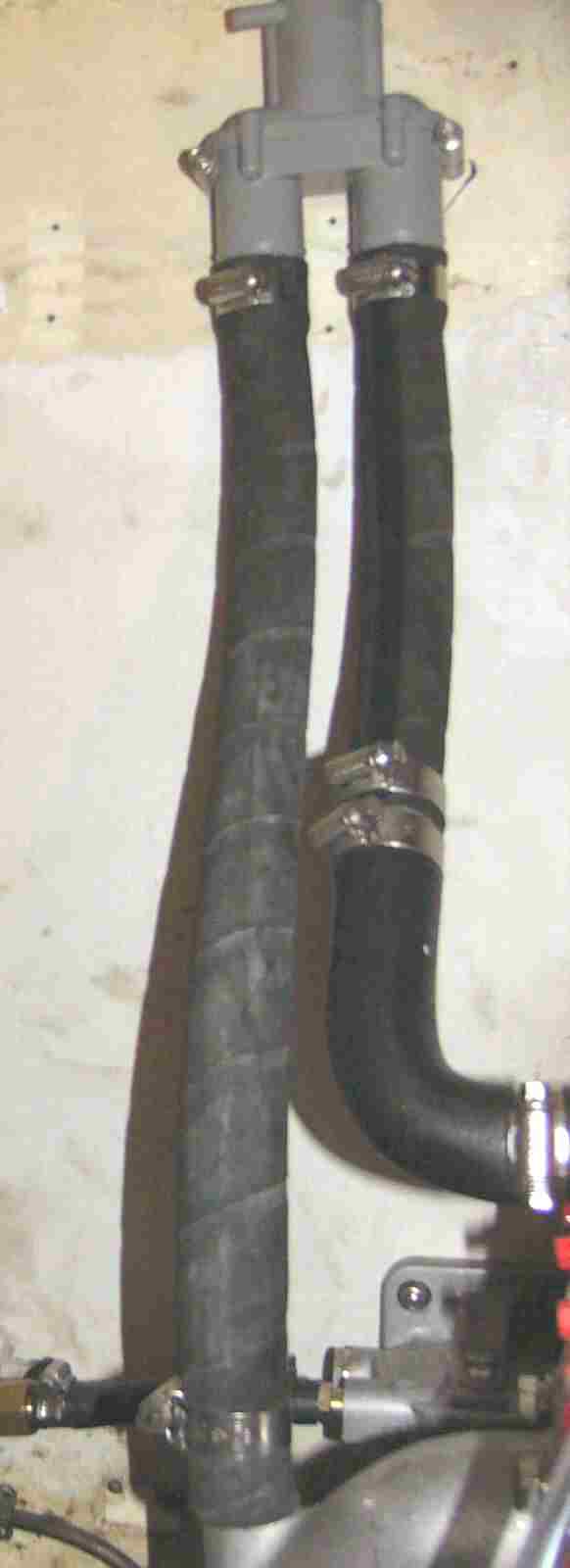benlui
Member
Have you guys and comments on this?
Nanni diesel 21hp 11 months old, 140hrs running time
When i went to start the engine last week, i got a "chug" like noise and it wouldn’t turn over. It ss like it was jammed or something.
However, after about 30min it did start, and coolant came out the top then the oil warning light and alarm went on and wouldn’t go off so i shut it off to check for oil. I was surprised to see there was plenty of oil so why the oil warning? Started it again, and same thing and alarms going off. Also seemed down on compression.
Had the dealer look at it today after a week of phone calls and messages, and he informed me it isn’t good that the oil looks to have a kind of a gray colour in it and that there’s a possibility that the gasket may be gone.
Bad news, is that they must take a sample of the oil and send it somewhere for testing which will take 10 - 14 working days to return. So this is 2 weeks before i even have a definitive answer not alone the problem fixed. I’m completely p***** off with this slow service with a brand new engine still under warranty. Its only got 140hrs, and ive never opened the engine myself to do anything, all servicing and maintenance has been carried out by the supplier as recommended at hige costs since new last season. What do you guys think this sounds like? And, have i any argument with regards to time frame for resolving same? I know this will go on for weeks and weeks now and am not happy given the time of year. I was due to be in france at the moment, good job i didn’t as I would be down there with these issues.
Since new even in warm weather ive always had problems starting it, and would have to rev it very high for a min or so otherwise it would cut out. I had explained this to them on several occasions but was told this was normal?
Any advise/help much appreciated thanks
Nanni diesel 21hp 11 months old, 140hrs running time
When i went to start the engine last week, i got a "chug" like noise and it wouldn’t turn over. It ss like it was jammed or something.
However, after about 30min it did start, and coolant came out the top then the oil warning light and alarm went on and wouldn’t go off so i shut it off to check for oil. I was surprised to see there was plenty of oil so why the oil warning? Started it again, and same thing and alarms going off. Also seemed down on compression.
Had the dealer look at it today after a week of phone calls and messages, and he informed me it isn’t good that the oil looks to have a kind of a gray colour in it and that there’s a possibility that the gasket may be gone.
Bad news, is that they must take a sample of the oil and send it somewhere for testing which will take 10 - 14 working days to return. So this is 2 weeks before i even have a definitive answer not alone the problem fixed. I’m completely p***** off with this slow service with a brand new engine still under warranty. Its only got 140hrs, and ive never opened the engine myself to do anything, all servicing and maintenance has been carried out by the supplier as recommended at hige costs since new last season. What do you guys think this sounds like? And, have i any argument with regards to time frame for resolving same? I know this will go on for weeks and weeks now and am not happy given the time of year. I was due to be in france at the moment, good job i didn’t as I would be down there with these issues.
Since new even in warm weather ive always had problems starting it, and would have to rev it very high for a min or so otherwise it would cut out. I had explained this to them on several occasions but was told this was normal?
Any advise/help much appreciated thanks

